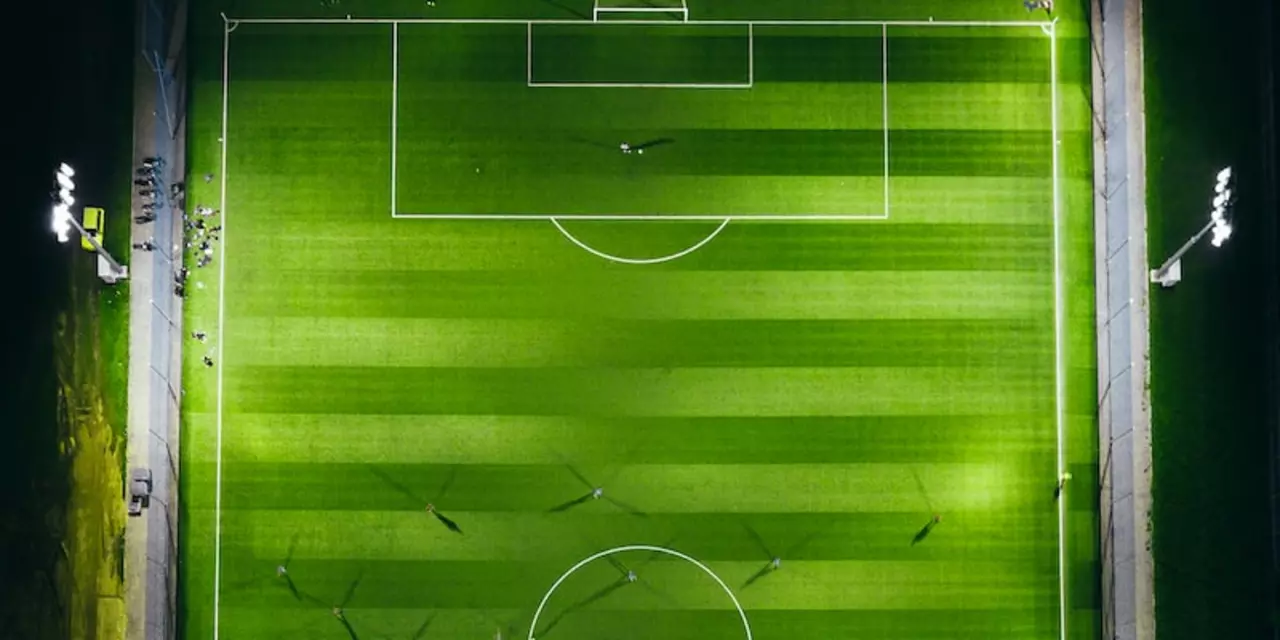Soccer Players – Gear, Performance Tips & Insider Advice
Whether you’re a weekend warrior or chasing a pro contract, the little things you use on the pitch can make a big difference. The right boot, a quick warm‑up routine, or even the way you tie your laces can shave seconds off a sprint or keep you upright after a hard tackle. This guide pulls together the most useful advice for players who want to play smarter, not just harder.
Choosing the Right Cleats
First thing’s first: boots. Most players think any pair will do, but the surface you play on decides the best studs. Firm ground (FG) shoes with medium‑length blades give steady grip on grass, while artificial‑turf (AG) shoes have more, shorter studs to spread pressure. If you pop up on a muddy field, go for soft‑ground (SG) boots – they dig in without slipping.
Brands matter, but fit matters more. Nike often feels sportier with a snug, sock‑like feel, while Adidas delivers a slightly roomier toe box and a classic look. Try both on a dry field first; the shoe that lets your foot breathe while staying snug around the ankle usually wins. And remember: boots are not one‑size‑fits‑all. Replace them when the studs wear down or the upper starts to tear – a fresh pair can restore confidence instantly.
Boosting Performance On and Off the Pitch
Gear is only half the story. Your body needs the right routine to turn potential into results. Start every session with a dynamic warm‑up – leg swings, hip circles, and short sprints get the blood flowing without tiring you out. After the game, a quick cool‑down and some light stretching keep muscles loose and reduce soreness.
Nutrition fuels performance. A balanced snack of carbs and protein within 30 minutes of training helps muscles recover. Hydration is key, too – sip water or an electrolyte drink throughout the day, not just during matches. Sleep matters more than any supplement; aim for 7‑9 hours to let your body rebuild.
Mentally, confidence comes from routine. Visualize successful kicks, set small goals for each practice, and keep a simple journal of what worked and what didn’t. Over time, you’ll notice patterns that let you tweak training without overthinking.
Finally, take care of your equipment. Clean your boots after every match, check stud tightness, and store them in a cool, dry place. Replace worn socks – fresh, moisture‑wicking socks prevent blisters and keep feet comfortable. Small habits add up, and they’re the secret sauce that separates a good player from a great one.
